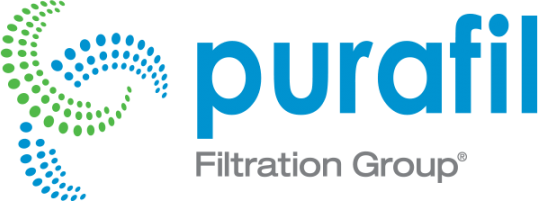Dry Scrubbing for a Toxic Gas Release
As a water treatment facility, you’re responsible for thoroughly disinfecting the water we all drink. The most common way to do this? Chlorine. While chlorine is a great sanitation chemical, when leaked into the air as chlorine gas, it can have a devastating impact. Are you prepared for a toxic gas release? Find out how to effectively mitigate a leak and keep you, your employees and your neighbors safe with emergency gas scrubbers (EGS).
Your facility is safe and well-maintained. You have yet to experience a leak or release. So, why should you care? First and foremost, the impact chlorine gas has on both your employees and your neighbors. 10ppm of chlorine gas is considered dangerous to human life, so imagine what could happen if a full cylinder leaked. A full release of a one-ton cylinder can exceed over 200,000ppm within a facility and have an at-risk area of 10ppm within a five-mile radius. Other, less fatal symptoms of exposure could include:
-
-
- Blurred vision and a burning sensation in the nose, throat and eyes
- Coughing and difficulty breathing
- Tightness in the chest and pulmonary edema
- Nausea and vomiting
- Irritation of the skin
-
Being prepared and having a solid mitigation plan is the best way to ensure the safety of employees and nearby communities. And a quality mitigation plan includes an emergency gas scrubber.
Emergency gas scrubbers are incredibly effective at removing chlorine gas from the air while ensuring the safety of personnel and surrounding communities. Dry scrubbers utilize gas phase filtration to rid the air of toxic gases in the event of a release. Through adsorption and chemisorption (which converts toxic gases into non-harmful substances), they’re able to mitigate the risk. Both dry and wet scrubbers get the job done, but which one is right for you? Let’s explore both.
Wet scrubbers circulate sodium hydroxide (NaOH) to neutralize the chlorine gas during a leak. This caustic compound, however, can be hazardous, which can create an entirely new problem. They neutralize gases and remove particulates from the air, but wet scrubbers encounter problems that require constant maintenance. Pumps, valves and fittings are prone to leakage, which can cost you a pretty penny to maintain and repair. Dry scrubbers are a suitable alternative for those looking for a lower maintenance option.
Purafil dry scrubbers are designed to control dangerous gas releases from 150-6,000 pounds by immediately removing leaking gases (Cl2, SO2, NH3) from the air. The best part? Our dry scrubbers are very low-maintenance, which means more money in your pocket. Not only do our dry scrubbers save you on maintenance costs, they’re extremely efficient, too. Let’s see how they work.
Your chlorine gas sensors wire directly into our control panel, allowing our emergency gas scrubbers to run immediately after your sensor is triggered (our EGS won’t run unless alerted by the sensor). This typically occurs when the concentration of chlorine exceeds 1ppm. Once alerted, the blower turns on and begins sucking all the air into the scrubber to be cleaned. The air then experiences a chemical reaction with the media, which chemically absorbs and converts the gas into a non-toxic substance. The blower then blows out the safer air.
Purafil dry scrubbers are so efficient due in part to the Chlorosorb Ultra media that absorbs and converts the chlorine gas. For every 100 pounds of our media, we’re able to absorb 15 pounds of chlorine gas. This paired with our very easy to use scrubbers allows for effective mitigation of any toxic gas release.
With over 300 installations in the past 25 years, Purafil has become an industry leader in toxic gas scrubbing. We offer you the peace of mind you need to run a safe and healthy facility. Keep your employees and neighbors safe from a toxic gas release with a solid mitigation plan and a dry scrubber that can remove the gas from the air quickly and safely.
Curious about our dry scrubbers? Find out more here.
